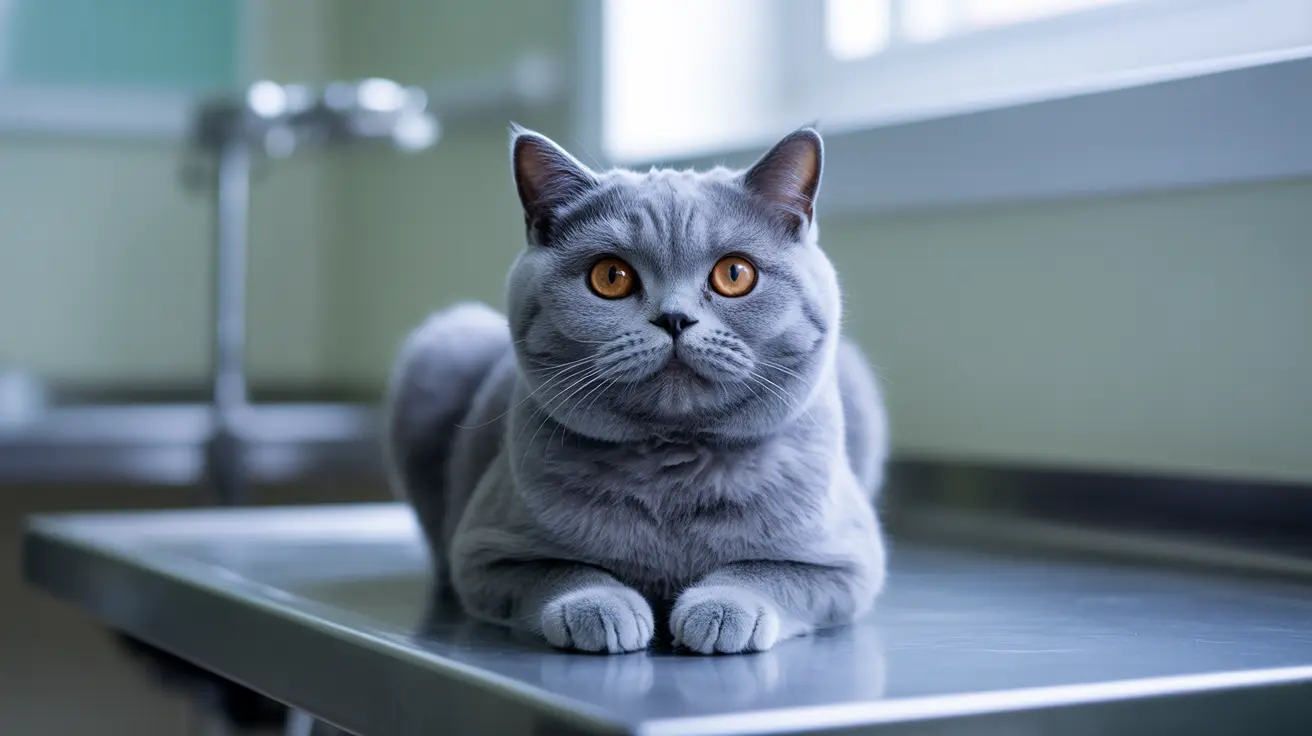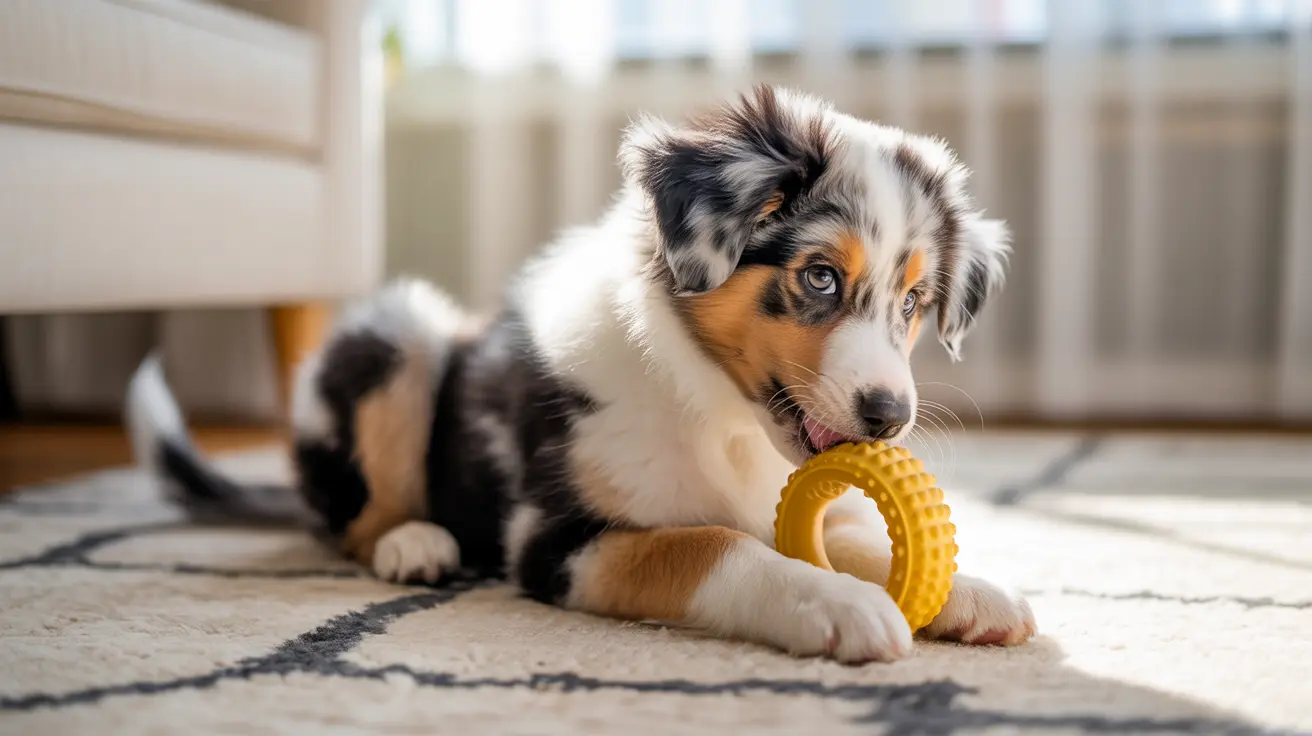Gabapentin vs. Trazodone: Which Is Better for Cats?
Caring for a cat with anxiety or behavioral issues can be challenging, and veterinarians may recommend psychotropic medications such as gabapentin or trazodone to help manage stress and improve your pet's quality of life. Understanding how each medication works, their side effect profiles, and how they are used in cats is essential to making the best decision for your feline companion.
Gabapentin for Cats
Gabapentin is commonly used in veterinary medicine as an anxiolytic and anticonvulsant. Though originally developed for use in humans, gabapentin is widely applied in feline patients to address situational anxiety such as during vet visits, travel, or environmental changes.
Benefits of Gabapentin:
- Fast-acting (typically within 1-2 hours)
- Effective for short-term anxiety relief
- Well-tolerated by most cats
- Minimal sedation compared to other medications
Possible Side Effects:
- Sedation
- Ataxia (loss of coordination)
- Gastrointestinal upset (rare)
Gabapentin is usually administered before a stressful event. It comes in capsule or liquid form, often flavored to improve palatability, and is generally easier to dose than other medications.
Trazodone for Cats
Trazodone, a serotonin antagonist and reuptake inhibitor (SARI), is another medication sometimes used in cats for anxiety or behavioral modification. Although more commonly used in dogs, its application in cats is increasing, often on a case-by-case basis and under veterinary supervision.
Benefits of Trazodone:
- Can be used for situational anxiety like vet visits or grooming
- Has a calming effect due to serotonin modulation
Possible Side Effects:
- GI upset
- Excessive sedation
- Paradoxical excitation
While some cats tolerate trazodone well, others may experience adverse effects. It typically requires testing for individual response and careful dosage adjustment. Since feline studies are limited, its use remains off-label in most cases and is approached with caution.
Comparing Gabapentin and Trazodone
The choice between gabapentin and trazodone depends on several factors:
- Purpose of Use: Gabapentin is favored for short-term anxiety and transport-related stress. Trazodone may be used for generalized anxiety but with less predictability in cats.
- Tolerance and Side Effects: Gabapentin generally has a better safety and tolerance profile in feline patients.
- Veterinary Preference: Due to more consistent results, gabapentin is the more frequently chosen agent for cats.
Best Practices for Medication Use in Cats
When using any psychotropic medication in cats, it's crucial to:
- Start with low doses and adjust gradually
- Monitor for both therapeutic response and side effects
- Mask the taste of medications if needed for compliance
- Use medications as part of a wider behavioral modification plan
- Avoid abrupt withdrawal to prevent rebound anxiety or withdrawal symptoms
Behavioral support remains the cornerstone of managing anxiety in cats. Medications like gabapentin and trazodone serve as adjuncts, not replacements, for environmental enrichment and structured behavioral therapy.
Veterinary Guidance Is Essential
Given the risks of toxicosis from human medications and the fine line between effective and toxic doses, medications like gabapentin and trazodone should only be administered under direct veterinary guidance. Accurate diagnosis, individual tolerance, and regular follow-ups are vital.
Conclusion
While both gabapentin and trazodone can be used in feline behavioral medicine, gabapentin is generally preferred due to its safety profile, faster efficacy, and predictability in cats. Trazodone may still serve as a valuable option in specific cases but requires careful dosing and monitoring. Always work closely with your veterinarian to determine the best treatment approach for your cat's unique needs.





